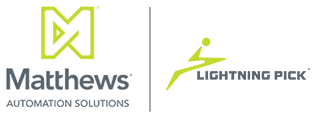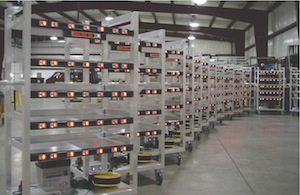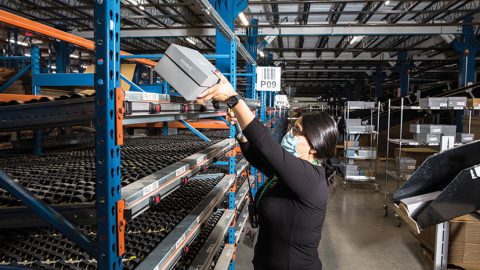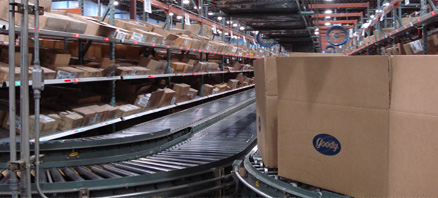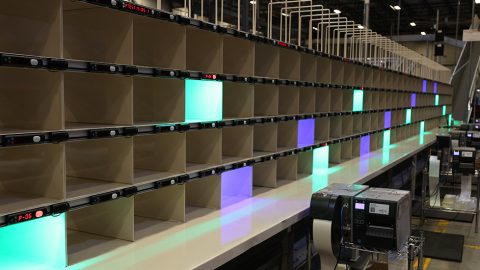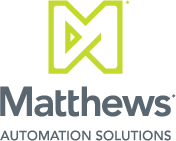Joe Pelej, marketing manager for Matthews Automation, offered a variety of insights about light-directed picking systems in the June 2014 issue of Modern Materials Handling magazine. Pelej was interviewed by Associate Editor Josh Bond for the article entitled, “Light-directed activities enter the third generation.” Pelej contributed details about the latest developments in this picking technology, including its use on mobile picking carts.
Highlights from the article include insights in the “The next generation arrives” section:
Joe Pelej, marketing manager for Lightning Pick Technologies, a division of Matthews Automation, agrees. He describes a customer with a legacy pick-to-light system that had been doing classic pick-and-pass zone picking with a team-based approach. The company used to build master packs to send to another DC that broke them out and sent orders to individual customers, Pelej recalls. The company’s business model changed, and it decided to do the direct-to-customer orders in the pick-to-light area. “Only now they can switch on the fly from zone picking to batch or cluster picking, whatever makes sense from day to day,” he says. “The same system can support different techniques and methodologies, and the ability to be able to make that changeover in minutes is pretty huge.”
Other contributions were included in the “Illuminating productivity” section:
As middleware between the warehouse management system (WMS) and picking operations, light software can collect details in ways the WMS might not. For instance, a picker might trigger replenishment when a broken-case SKU is below 10 pieces. “The WMS knows a case of 20 was scanned into that location, but doesn’t necessarily care what has happened since,” Pelej says. “Light software can trigger corrective actions based on the availability of more information in real time.”
Whether using a few lighted bins or a blend of light-enabled processes, a user can gain visibility into the effectiveness of a picker, zone, facility or network. Pelej says the software does not simply collect this data but can use it to create work plans and balance workloads on the fly. “If one person picks 650 per hour, one picks 700 and another picks 750, the system can tell you how best to line these folks up at a station to optimize their performance,” he says.

